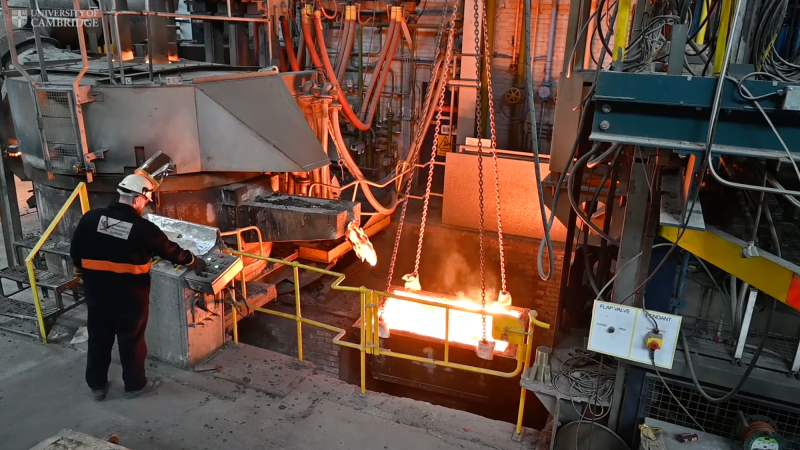Renewables
The latest on the energy sources that keep on giving, from solar power to wind farms.
Latest in Renewables

Climate Change
The latest on the energy sources that keep on giving, from solar power to wind farms.
Breakthroughs, discoveries, and DIY tips sent every weekday.
By signing up you agree to our Terms of Service and Privacy Policy.